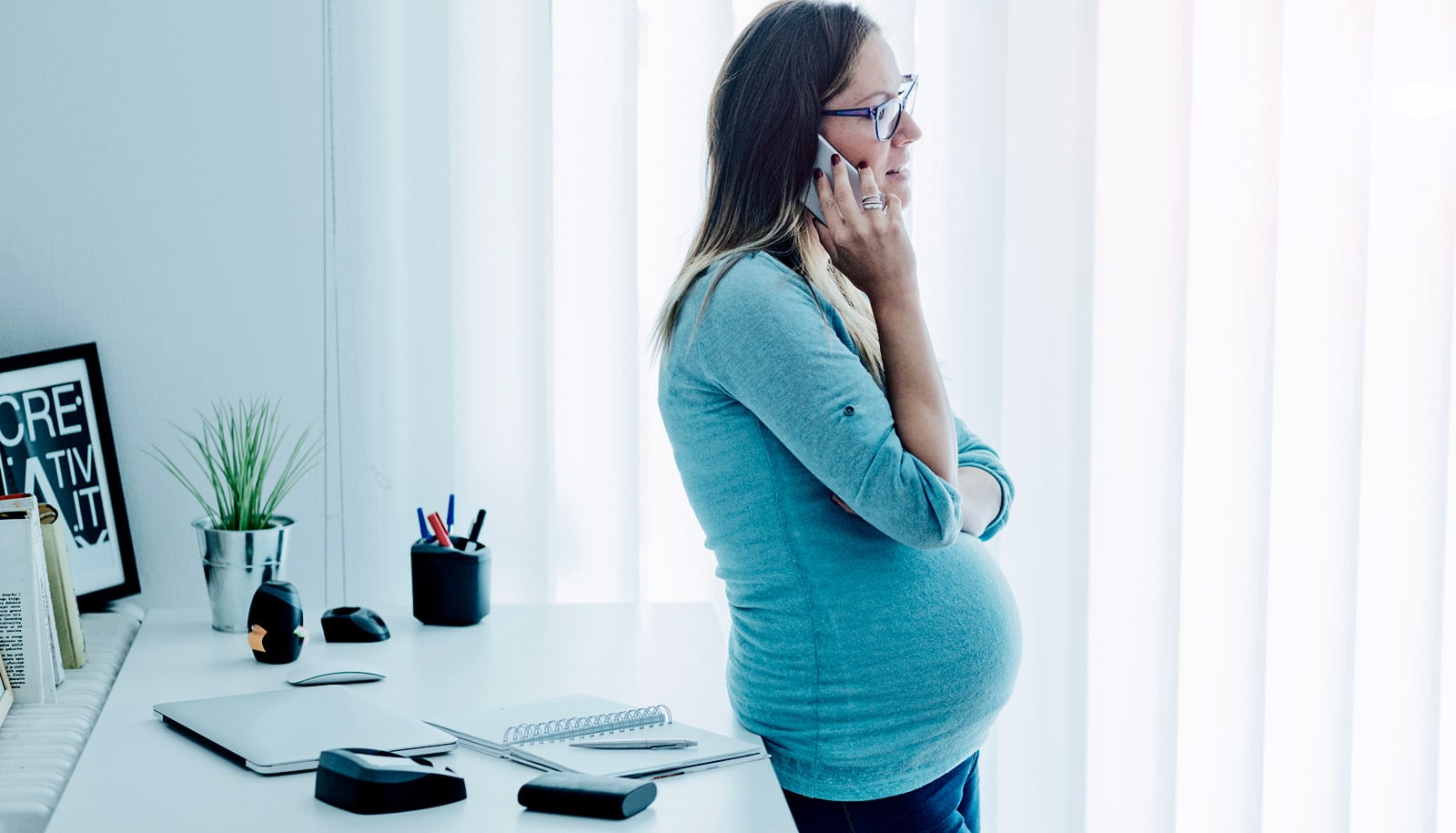A new study finds that union-represented working mothers are at least 17 percent more likely to use paid maternity leave than comparable nonunion working mothers. But unions could do more to mitigate the wage penalties these workers experience afterwards.
Facilitating working mothers’ use of paid maternity leave is a key issue for policymakers and workers in many countries. And the United States is far behind in this global movement; the US is the only industrialized nation that lacks universal paid leave for new parents, although there are now a very small number of state-based programs and many employer-provided plans.
“Simply enacting or offering a paid parental leave plan does not automatically mean that workers will take a leave. So we need to better understand the factors that prevent workers from taking a leave, and ways to reduce these barriers,” says Tae-Youn Park, assistant professor of management at Vanderbilt University and lead author of the study.
The 4 A’s
“One of the challenges with research into these issues, however, is that the decision to take leave is very complex,” Park says.
The study, which will appear in the journal Industrial and Labor Relations Review, breaks down the leave-taking decision into four key steps:
- Availability: the policy needs to be available
- Awareness: the worker needs to be aware of it
- Affordability: the worker needs to believe she can afford to take a leave
- Assurance: the worker needs to have implicit or explicit assurances that taking paid leave is unlikely to result in negative consequences
Park further suggests that labor unions can facilitate these steps.
“Labor unions are popularly associated with higher wages and restrictive work rules, but in reality unions can have many other effects in the workplace,” he says.
For example, unions not only make paid leave policies available through collective bargaining process, but also become an information facilitator by actively sharing information on existing leave policies via workshops, newsletters, or other channels, thereby enhancing workers’ awareness of the leave policies.
Labor unions are ‘facilitators’
To empirically test union effects on paid maternity leave, the researchers analyzed 15 years of data from the Bureau of Labor Statistics’ National Longitudinal Survey of Youth, a nationally representative sample.
The researchers found that union-represented workers are at least 17 percent more likely to use paid maternity leave than comparable nonunion workers, and that unions facilitate this leave-taking through the availability, awareness, and affordability channels.
They also hypothesized that labor unions help mitigate wage penalty when mothers return to work after the paid leave use (for long). They did find the evidence of the wage penalty—for example, an additional 10 days use of paid maternity leave is associated with .4 percentage point lower wage growth rate for the first year after leave use—but they did not find the evidence that unions meaningfully reduce the wage growth penalty.
Park says that this research indicates that while labor unions are doing a good job helping working mothers take advantage of paid leave, there are more things they can do to help working mothers further such as mitigating the negative career consequences after use.
“I hope this theorizing and these results spur others to continue to deepen our understanding of the barriers that prevent new parents from taking a paid leave, and help identify ways to reduce these barriers,” Park says.
Researchers from the Korea Advanced Institute of Science and Technology and the University of Minnesota contributed to this work.
Source: Vanderbilt University

